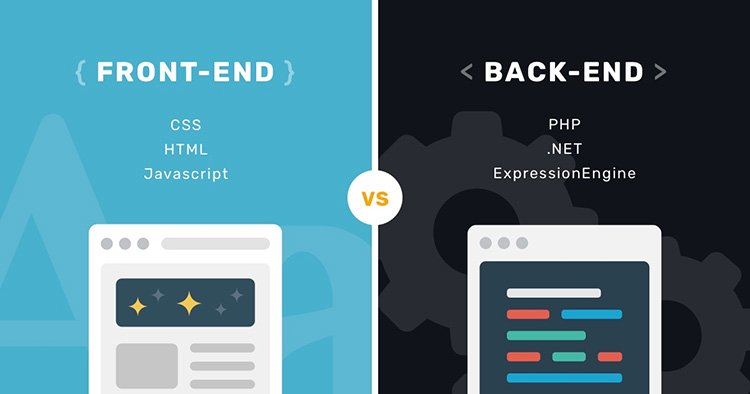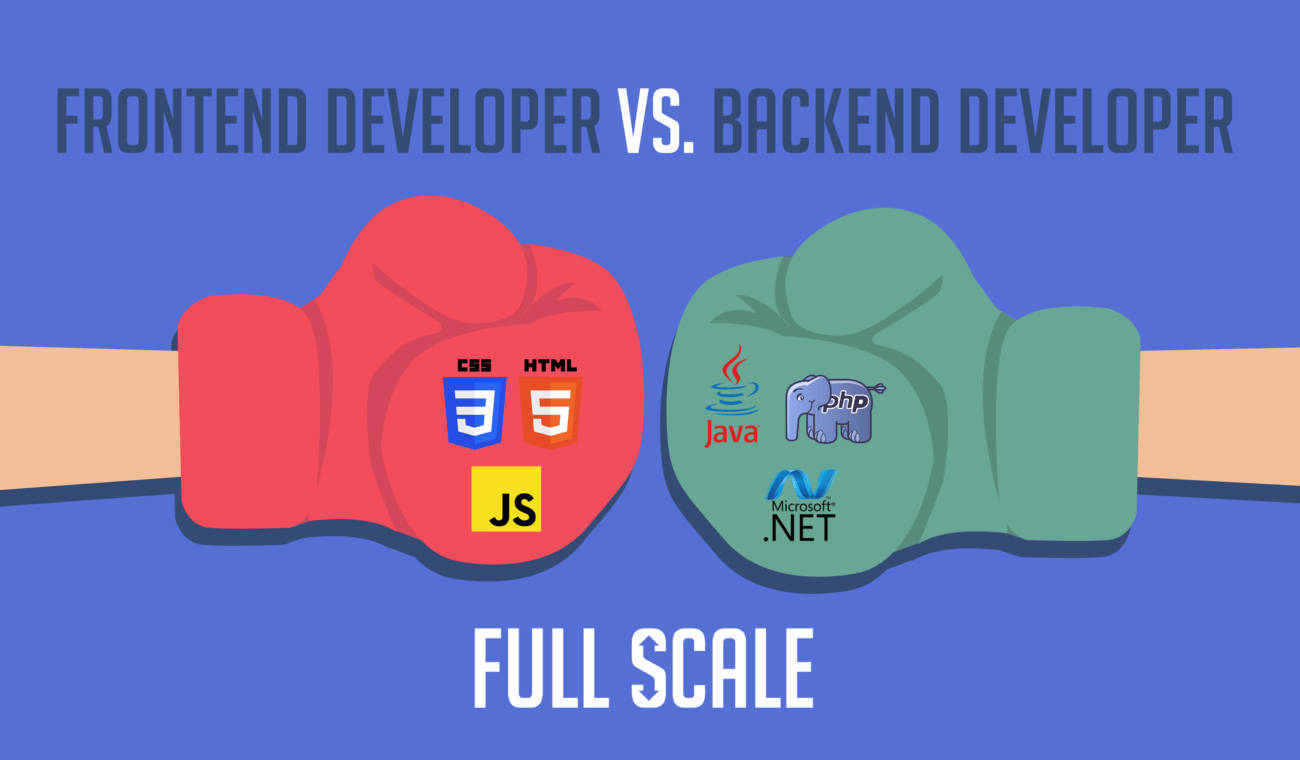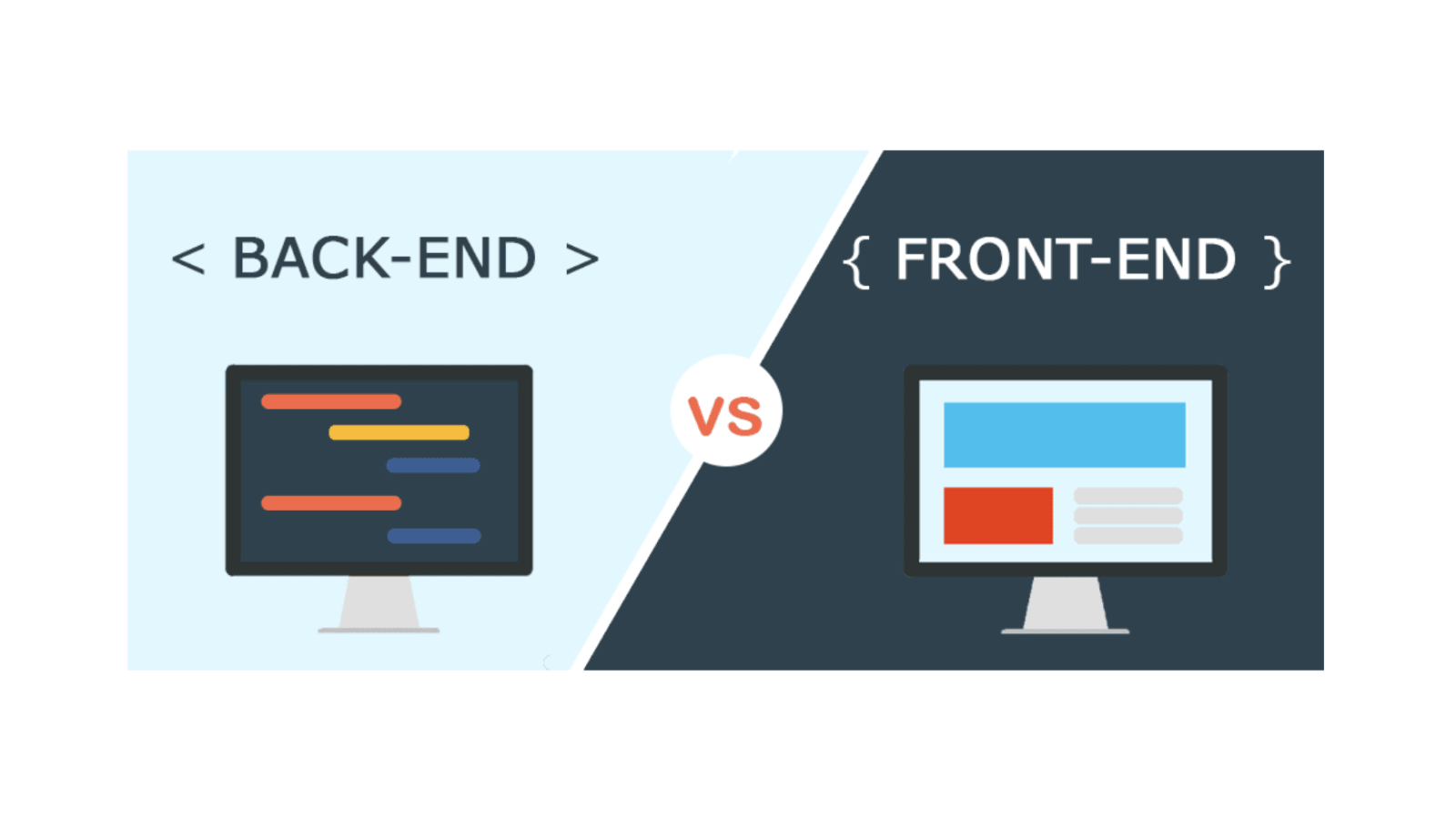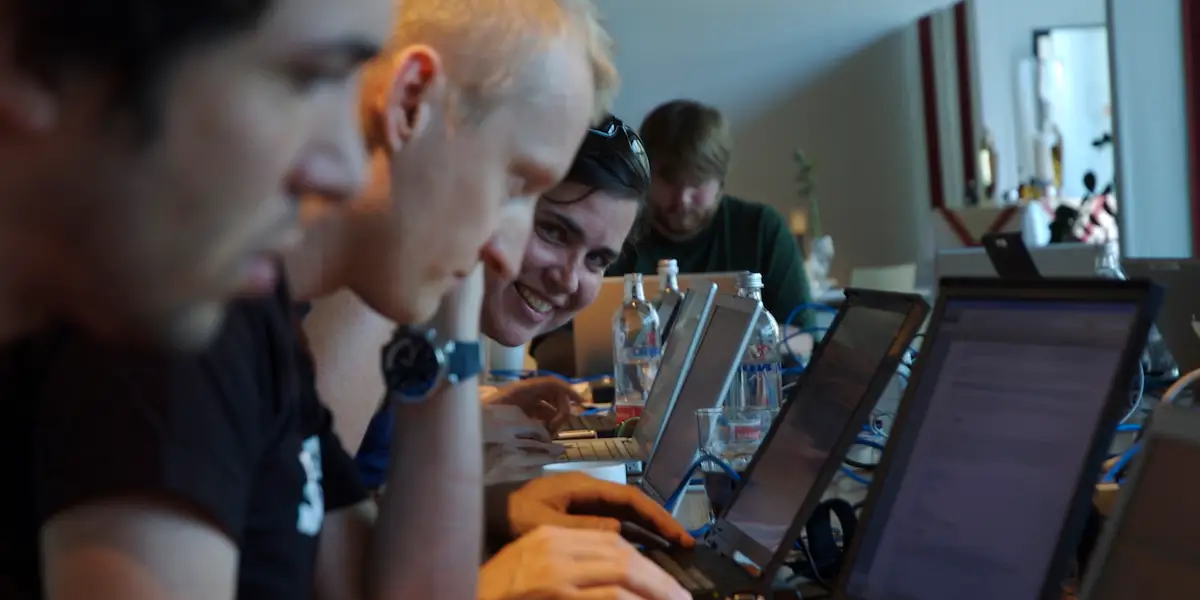Front-end Web Development Vs. Back-end Web Development

Choosing between front-end web development vs. back-end web development can be a daunting task, especially for those who are new to the field of web development. While both front-end and back-end development are crucial components of building a website, they require different skill sets and play different roles in the overall process. Before embarking on your web development journey, it’s important to understand the key differences between front-end and back-end development, and which one might be the best fit for you. In this article, we’ll explore the differences between front-end and back-end development, the career paths associated with each, and how to choose the right path for your career.
Understand front-end vs. back-end web development by the end of this article. And what other factors should you consider when choosing a career in web development.
Do you want to choose the right path for your web development career? Leave the front-end vs. back-end confusion to the experts at WitArist! We offer SEO services too – we make websites search engine ready, so you don’t have to. Now let’s start the article!
What is Front-end Web Development?

Front-end web development, also known as client-side development, involves creating the user-facing interface of a website or application. Front-end developers use programming languages like HTML, CSS, and JavaScript to create the layout, design, and interactivity of a website.
What is Back-end Web Development?

Back-end web development, also known as server-side development, involves creating the behind-the-scenes functionality of a website or application. Back-end developers use programming languages like Python, Ruby, and PHP to create logic and algorithms that power a website.
Role of Front-end Development
Front-end development is responsible for creating the user experience of a website. Front-end developers create visually appealing and responsive layouts. They design intuitive user interfaces and build interactive elements that engage the user.
Role of Back-end Development
Back-end development is responsible for creating the functionality of a website. Back-end developers focus on creating databases, developing algorithms, and building the logic that powers a website’s functionality.
Front-end vs Back-end Development: Key Differences

The main difference between front-end and back-end development is the focus of their work. Front-end developers focus on the user-facing elements of a website, while back-end developers focus on the behind-the-scenes functionality. Additionally, front-end developers use different programming languages than back-end developers. Front-end developers use HTML, CSS, and JavaScript, while back-end developers use languages like Python, Ruby, and PHP.
Front-end developers create visual elements like buttons and menus. Back-end developers work on the logic and functionality that make those elements work. This includes tasks such as database management, server-side scripting, and APIs (Application Programming Interfaces).
Front-end developers design visually appealing websites and interactive user interfaces, while back-end developers build server-side logic and design database schema. Examples include e-commerce, social media, finance, and healthcare applications.
Front-end vs Back-end Development: Similarities

Despite their differences, front-end and back-end development are both essential to creating a successful website or application. Both require a strong understanding of programming languages, data structures, and algorithms. Additionally, collaboration is crucial for front-end and back-end developers in a web dev team.
One of the key skills required for front-end development is an eye for design and attention to detail. Front-end developers create visually appealing designs while ensuring usability and navigation. They must also be familiar with various design tools and technologies such as Adobe Photoshop, Sketch, or Figma.
Back-end developers focus on website functionality with custom APIs, third-party services integration, and database design. They must be comfortable with various back-end technologies such as Node.js, Ruby on Rails, or Django.
Importance of a Balanced Web Development Team

Balance your web dev team with front-end and back-end developers to create successful websites and applications. Combine their skills for optimal results today. This allows for a comprehensive approach to development that addresses both the user-facing and functional aspects of a website. A balanced team can also ensure that the user experience is consistent across all devices and platforms.
Collaboration between front-end and back-end developers on a balanced web dev team ensures optimized website performance. Benefit from diverse skills and creative problem-solving solutions today. Ultimately, a balanced team can create a website or application that meets both the user’s needs and the business’s goals.
Conclusion

A balanced web dev team provides diverse skills, leading to creative solutions. Collaboration between front-end and back-end developers ensures optimized speed, accessibility, and security. Ultimately, a balanced team can create a website or application that meets both the user’s needs and the business’s goals.
Thanks for reading about the differences between front-end and back-end web development — we hope you found it helpful! If you’re feeling confused or overwhelmed by all the web development jargon, don’t worry — that’s what we’re here for. At WitArist, we love making websites and SEO easy and fun, so you can focus on what you do best. Give us a shout and let’s create something awesome together!


